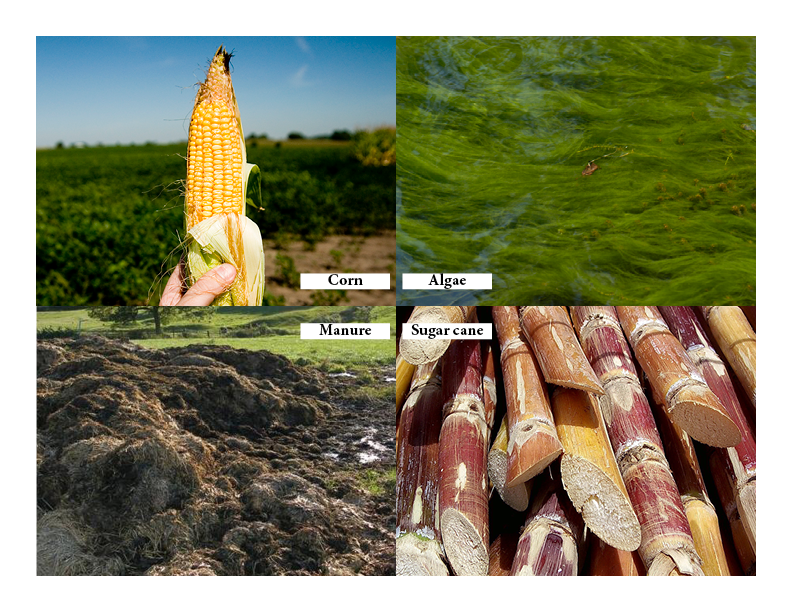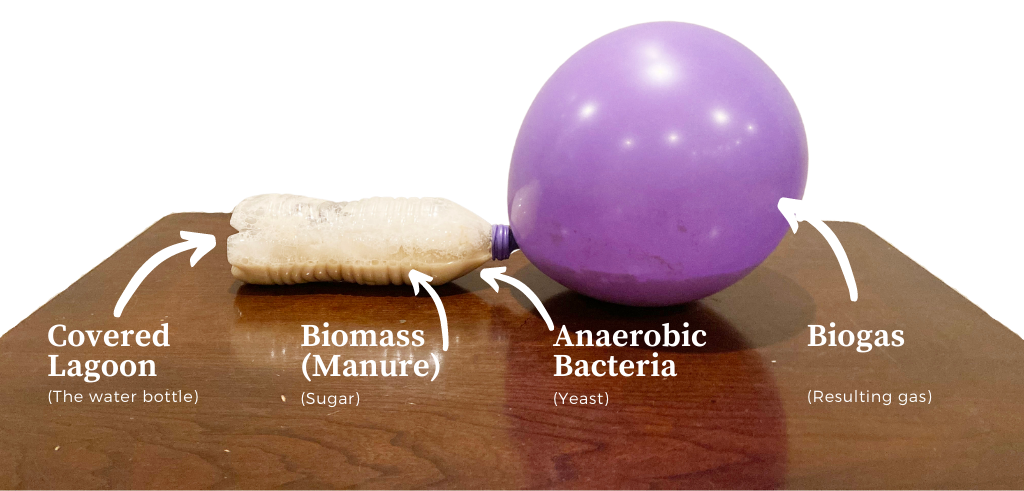Farming for Energy
Students identify renewable and nonrenewable energy sources and investigate how farms can produce renewable energy.
Background
Lesson Activities
Recommended Companion Resources
Credits
Author
Lynn Wallin | National Center for Agricultural Literacy (NCAL)
Acknowledgements
This lesson was created with support from Smithfield Foods, Inc. for National Agriculture in the Classroom. Smithfield has pioneered sustainability standards for more than two decades, including its industry-leading commitments to become carbon negative in U.S. company-owned operations and reduce GHG emissions 30% across its entire U.S. value chain by 2030. Visit the environment page to learn more about their goals.
Energy Cards Photo Credits:
- "Geothermal energy" by Peter Nijenhuis is licensed under CC BY-NC-ND 2.0
- "Sugarcane Ethanol" by Sweeter Alternative is licensed under CC BY-ND 2.0
- "Coal" by oatsy40 is licensed under CC BY 2.0
- "Oil well pump jacks" by Richard Masoner / Cyclelicious is licensed under CC BY-SA 2.0
- "Perry Nuclear Power Plant, Unit 1" by NRCgov is licensed under CC BY-NC-ND 2.0
Standards
Indiana Content Area Standards
-
English Language Arts.Grade 3.RL.1
Read and comprehend a variety of literature within a range of complexity appropriate for grades 2-3. By the end of grade 3, students interact with texts proficiently and independently.
- Key Ideas and Textual Support.3.RL.2.1: Ask and answer questions to demonstrate understanding of a text, referring explicitly to the text as the basis for the answers.
-
English Language Arts.Grade 3.SL.1
Listen actively and adjust the use of spoken language (e.g., conventions, style, vocabulary) to communicate effectively with a variety of audiences and for different purposes.
- Discussion and Collaboration.3.SL.2.1: Engage effectively in a range of collaborative discussions (one-on-one, in groups, and teacher-led) on grade- appropriate topics and texts, building on others ideas and expressing personal ideas clearly.
-
English Language Arts.Grade 4.RL.1
Read and comprehend a variety of literature within a range of complexity appropriate for grades 4-5. By the end of grade 4, students interact with texts proficiently and independently at the low end of the range and with scaffolding as needed at the high end.
- Key Ideas and Textual Support.4.RL.2.1: Refer to details and examples in a text when explaining what a text says explicitly and when drawing inferences from the text.
-
English Language Arts.Grade 4.SL.1
Listen actively and adjust the use of spoken language (e.g., conventions, style, vocabulary) to communicate effectively with a variety of audiences and for different purposes.
- Comprehension.4.SL.3.1: Summarize major ideas and supportive evidence from text read aloud or information presented in diverse media and formats, including visually, quantitatively, and orally.
- Discussion and Collaboration.4.SL.2.1: Engage effectively in a range of collaborative discussions (one-on-one, in groups, and teacher-led) on grade- appropriate topics and texts, building on others ideas and expressing personal ideas clearly.
-
English Language Arts.Grade 5.RL.1
Read and comprehend a variety of literature within a range of complexity appropriate for grades 4-5. By the end of grade 5, students interact with texts proficiently and independently.
- Key Ideas and Textual Support.5.RL.2.1: Quote accurately from a text when explaining what a text says explicitly and when drawing inferences from the text.
-
English Language Arts.Grade 5.SL.1
Listen actively and adjust the use of spoken language (e.g., conventions, style, vocabulary) to communicate effectively with a variety of audiences and for different purposes.
- Comprehension.5.SL.3.1: Orally summarize or respond to a written text read aloud or information presented in diverse media and formats, including visually, quantitatively, and orally.
- Discussion and Collaboration.5.SL.2.1: Engage effectively in a range of collaborative discussions (one-on-one, in groups, and teacher-led) on grade- appropriate topics and texts, building on others ideas and expressing personal ideas clearly.


